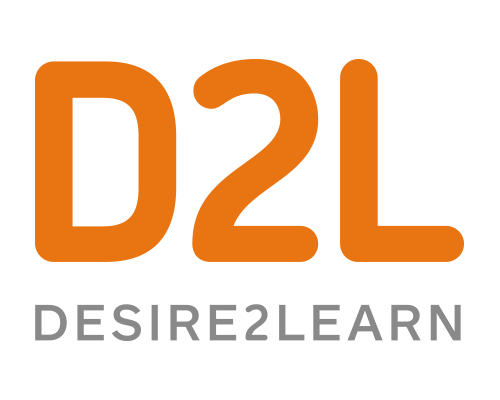Online learning can help support a competency-based education (CBE) approach, which enables students to advance at their own pace based on their ability to master a skill or competency. Research suggests that a CBE approach can result in deeper student learning and engagement.
This web seminar focused on strategies and best practices for using online learning to support a CBE approach at any college or university. Two leaders from Texas A&M University-Commerce outlined how they are using this model to meet the goals of the state’s 60x30TX initiative, and described some best practices for any institution exploring a CBE approach.
Speakers
Christopher Sessums
Learning Strategies Consultant
D2L
James Fountain
Executive Director for Competency-Based Education
Texas A&M University-Commerce
Carlos Rivers
Operations Research Analyst
Texas A&M University-Commerce
Christopher Sessums: Can you tell us about the 60x30TX initiative? And tell us how some of the priorities of that particular initiative align with what you’re already doing at Texas A&M in terms of commerce.
James Fountain: 60x30TX is a statewide initiative to educate the general population at large. We’re offering degree formats that are condensed and accelerated, and that give students marketable skills. We focus on the completion goal to help make Texas much more economically viable as we transition into this tech-driven society of the 21st century.
Another goal is to drive down student debt. If we want education to be a magic wand for families to move out of poverty, then they cannot be carrying large debt over time.
Christopher Sessums: How does Texas A&M define competency-based education?
James Fountain: CBE combines an intentional and transparent approach to curriculum design with an academic model in which the time it takes to demonstrate competencies varies. It’s not so much about what you can do in 16 weeks; it’s about how quickly you can show that the student can do something. The students acquire and demonstrate their knowledge and skills by engaging in various learning activities, exercises and experiences that align with clearly defined programmatic outcomes.
We offer this via a subscription model. Individual students buy seven weeks’ worth of time for $750. And it’s delivered completely online. The vast majority of students are working paraprofessionals. Their average age is 38, they’re parents and they cannot take time off to come to class. It’s truly flexibly paced. They have seven weeks to finish from whenever they start. If they finish early, they can pick up another class for free.
The competencies are not simply defined by the academic world alone in a silo. They are co-designed with an advisory board and with practitioners from the field saying, “This is what’s important.” That’s what makes our model so successful.
Christopher Sessums: I also want to touch on competency-based students. Are they aware that they’re taking part in an alternative form of learning or that they’re different from conventional students?
Carlos Rivers: When a CBE student registers for a course, they see the same things that traditional students see. The transcripts they receive will also be the same. But when you talk about the demographics, it’s a different student population that we’re serving—the adult learner. We’re serving the age group required by 60x30TX. These students tend to have a lot of credits, but no degree to show for their work. In the past, they have not seen the ROI that they were expecting from higher education, and now these programs give them the opportunity to come back and finish what they might have started a long time ago.
Adult learners usually prefer 100% online delivery. They want a flexible time to start and finish coursework, and to allow for acceleration and even deceleration. We had a veteran who was a statistician in the Army. He finished our stats course in three days, but he took seven weeks in art appreciation. That’s the beauty of competencies. You can leverage what you know or take more time on the things that you don’t know.
Christopher Sessums: How do you market your competency-based programs and make them discoverable?
Carlos Rivers: We started the program in 2014 and haven’t spent any money on marketing. The growth of the program has been by word-of-mouth referrals from our students. We started with 62 students, and we had 457 students last fall. There is a huge opportunity in this market.
 For institutions looking to start something like this, the best way is with your own former students who might have 90 or 100 credits and have never finished. Reach back out to them, and they can be your initial cohort. Then, they can give you feedback to improve the program as you begin to scale it.
For institutions looking to start something like this, the best way is with your own former students who might have 90 or 100 credits and have never finished. Reach back out to them, and they can be your initial cohort. Then, they can give you feedback to improve the program as you begin to scale it.
To watch this web seminar in its entirety, please visit UBmag.me/ws032619






